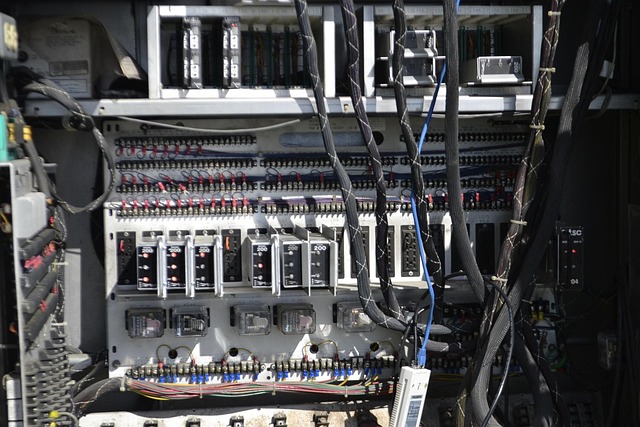In today’s rapidly evolving technological landscape, the narrative around usability has taken on new dimensions, particularly with the rise of Virtual Reality (VR), Augmented Reality (AR), and the expansive concept of Metaverses. As these technologies become more mainstream, understanding how to navigate these immersive environments is crucial for enhancing user experience.
Virtual Reality: Breaking Boundaries
Virtual Reality offers an escape into wholly immersive digital worlds, allowing users to experience environments and scenarios far removed from their everyday lives. However, for many, the novelty of VR can quickly turn into confusion. Headsets, hand controllers, and navigation tools can become overwhelming, making the quest for usability paramount.
To improve usability in VR, developers are focusing on intuitive designs that mirror real-life movements. Think about the leap from complex menus to natural gestures. When VR systems respond to the user’s body language and commands seamlessly, the experience becomes not only more enjoyable but also more accessible to a wider audience.
Augmented Reality: Enhancing Reality
In contrast to VR, Augmented Reality overlays digital information onto the real world. Apps like Pokémon Go exemplify this blend of digital and physical spaces. Yet, the challenge of usability arises when users struggle to interact with these enhancements successfully. Clear interfaces, straightforward objectives, and helpful tutorials become essential tools in ensuring users can engage with AR without unnecessary frustration.
As advancements in AR continue, the focus must remain on creating usability features that facilitate an easy learning curve. For example, user-friendly navigation that allows individuals to understand their environment, access information quickly, and engage with AR elements without feeling lost is vital. The more intuitive these systems become, the more seamless the user experience will feel.
Metaverses: Building Connected Worlds
The emergence of Metaverses has opened up a new frontier in digital interaction. Here, users can embody avatars, socialize, shop, and engage in activities with acquaintances from around the globe. However, with this vast array of options comes a significant challenge: ensuring that the metaverse is easy to navigate.
Effective usability in the Metaverse means creating environments that feel welcoming and are easy to understand. When users can move effortlessly from one experience to another, the barriers that often deter them from engaging fall away. This could involve implementing user-friendly maps, straightforward community guidelines, and robust onboarding processes that guide newcomers through the complexities of these interconnected worlds.
As the lines between physical and digital realities continue to blur, focusing on the usability of VR, AR, and Metaverses is essential. By prioritizing the user experience, developers and designers can create a more inclusive and enjoyable journey into these innovative landscapes, ensuring that technology truly serves as a bridge rather than a barrier.




